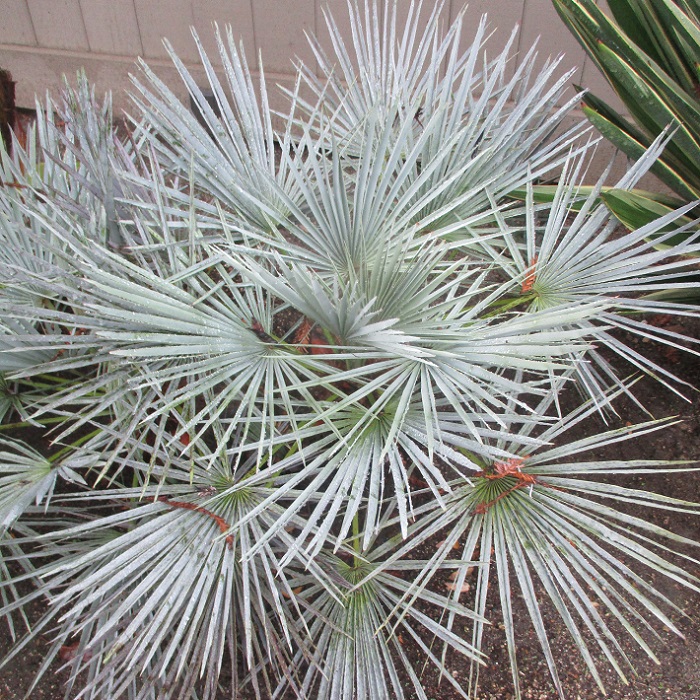UNITED STATES—Even as autumn weather cools, smoke rising from a simple old fashioned brick chimney is a rare sight nowadays. A smoking stovepipe is rarer. Modern building codes forbid the installation of new fireplaces or wood stoves within most municipalities here. Modern air quality ordinances severely limit the use of existing fireplaces and wood burning stoves.
Furthermore, existing fireplaces and wood stoves are neither as popular nor as common as they had been. After an earthquake, a faulty chimney is likely to justify removal rather than repair. An unused wood stove wastes too much space. Old orchards that generated inexpensive firewood as they relinquished their space to urban development are extinct.
There are a few advantages to these modern trends though. Modern homes consume so much less energy for heating than older homes because of efficient insulation. Insulation of older homes retains heat that fireplaces generate, so that less wood is necessary. Almost every surviving chimney has a spark arrestor. Modern roof materials are noncombustible.
Vegetation must also be compliant.
Nonetheless, vegetation that gets too near to a chimney that is in use can be hazardous. Even if clearance was adequate last winter, trees, vines and large shrubbery grew since then. It does not take long for such vegetation to overwhelm a chimney, or encroach a bit more than it should. It does not take too much vegetation to be hazardously combustible.
Clinging vines like English ivy and Boston ivy sometimes climb up and then over the top of a chimney. Although not especially combustible, they will burn directly over a fireplace or wood stove. Just like gutters do, vines can accumulate leaves that fall from deciduous trees to become more combustible. Birds or rodents can build combustible nests in them.
Evergreen trees and big shrubbery are similarly combustible over a chimney. Deciduous trees are generally not as hazardous. Conversely, cypress, pine, cedar, eucalyptus, large junipers, and ungroomed palms are very combustible. Eucalyptus foliage will burn while fresh, if it gets hot enough. The other trees tend to accumulate very combustible detritus.
Highlight: Mediterranean Fan Palm
Not all palms are trees. Some lack trunks, so develop more as shrubbery. Some develop many slender stems, like bamboo. The thin canes of most rattan palms sprawl onto other vegetation for support, as vines. Mediterranean fan palm, Chamaerops humilis, develops multiple stout trunks, but grows so slowly that it can function as big sculptural shrubbery.
Old trunks can eventually get as high as 20 feet, and generally lean randomly. If they get too tall, smaller and more vigorous trunks can replace them. (An arborist can remove the bulky and thorny old trunks.) New trunks develop from basal pups, which can can get too dense without occasional thinning. Removal of such pups might be difficult.
Mature trunks might be as wide as 10 inches, with dense coats of basal petiole fiber and thorny petiole stubs. Thorough grooming can eliminate the stubs. However, petioles that suspend the evergreen palmate leaves arm themselves with the same wickedly sharp teeth. Leaves are about two feet wide. Atlas Mountain palm, Chamaerops humilis var.(iety) argentea has strikingly silvery foliage, and grows even slower.
Horticulturist Tony Tomeo can be contacted at tonytomeo.com.






